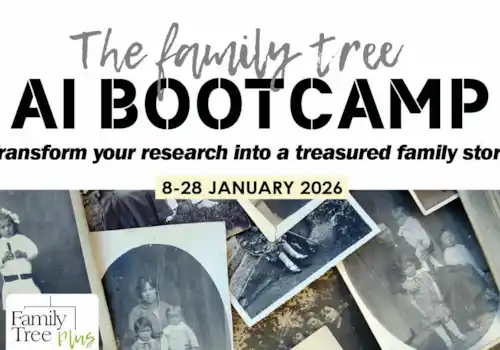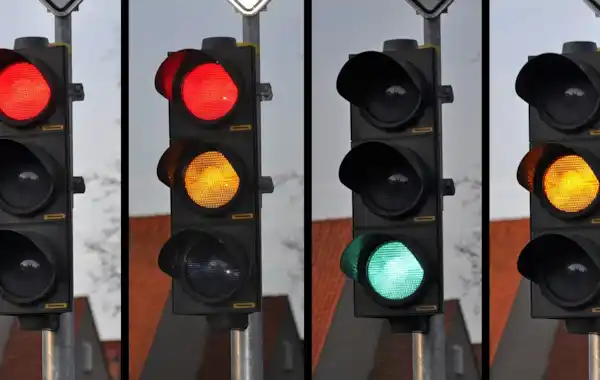Are you, like most of us, guilty of racing off at a tangent when you discover an exciting fact for your family tree? Fiona Brooker invites us to give the traffic method a try.
It’s so exciting! You’ve just received a marriage certificate and have new family names. There’s so much new research to do and before you know the clock says its 2am and somehow you missed dinner, not to mention bedtime.
We’ve all been there (and let’s face it we’ll probably go racing off again in the future), but if we just follow the traffic lights maybe we can make our research time more productive.
The traffic light method
Red – Stop
Think about your research goal
Before you go racing off to research you need to stop and think about what your goal is. Yes, you may have an overarching goal to work back as many generations as you can, on every line of your family tree, but you’re not going to complete the research all at once. So, let’s break your humungous goal into some smaller goals by picking one part of your family tree and then picking one ancestor or family member you want to focus on.
We want to create a research question we can work on. The question should be focused and not one that is trying to solve too many things at the same time. Our question should have enough details so if someone picked up our notes, they would be able to understand what we are trying to find out and not have to read our minds (don’t forget one day someone is going to inherit your research).
Orange – Pause
You have your research question and added it to your Research Planner so it’s now time to research the question, right?
Well, no, let’s take a pause and think about what we already know as maybe we have the answer, but just didn’t realise especially if it has been a while since we researched this family. What we have done in the past can alter our research question.
Having a good filing system for your previous research is helpful so you can find the documents relating to your target person. Likewise, a well sourced family tree i.e., you know where each fact came from. Sources are important if you find conflicting information.
Green – Go
Create a research plan
To your research question you add potential research sources to create a research plan. This is your chance to brainstorm ways you might answer the question.
Sometimes we’ll know in advance a source is likely to answer a question, but sometimes it may only add information to help us along the path to answering the question. We may also need to do some research to find what records still exist and where we can find them. The order we focus on potential sources may be linked to the accessibility of these sources, for example is the database online and we can we research from home or do we need to travel to access the resource or even hire a local researcher.
About the author
Fiona Brooker runs Memories in Time where she helps people research their family history, explore their DNA and share their stories. She lives in New Zealand but spends a lot of time researching and teaching in the UK and beyond.
Extracted from an in-depth article on the traffic light method in the September 2023 issue of Family Tree magazine. Get your copy here.







